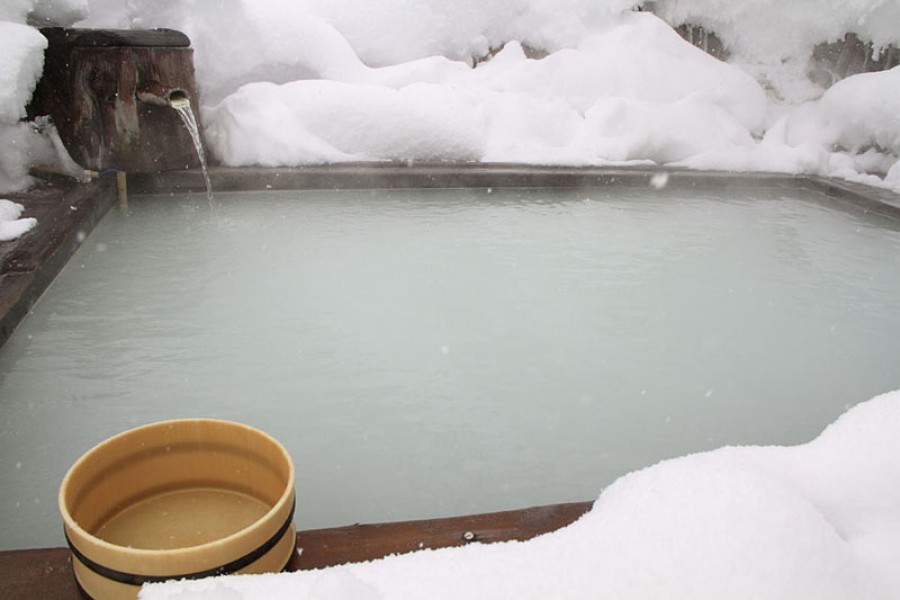
Noji Onsen
Noji Onsen is a beautifully scenic onsen resort in Adatara mountains. It is especially breathtaking when the outdoor baths, and their cloudy white waters, are surrounded by stunning snowy landscapes in winter.
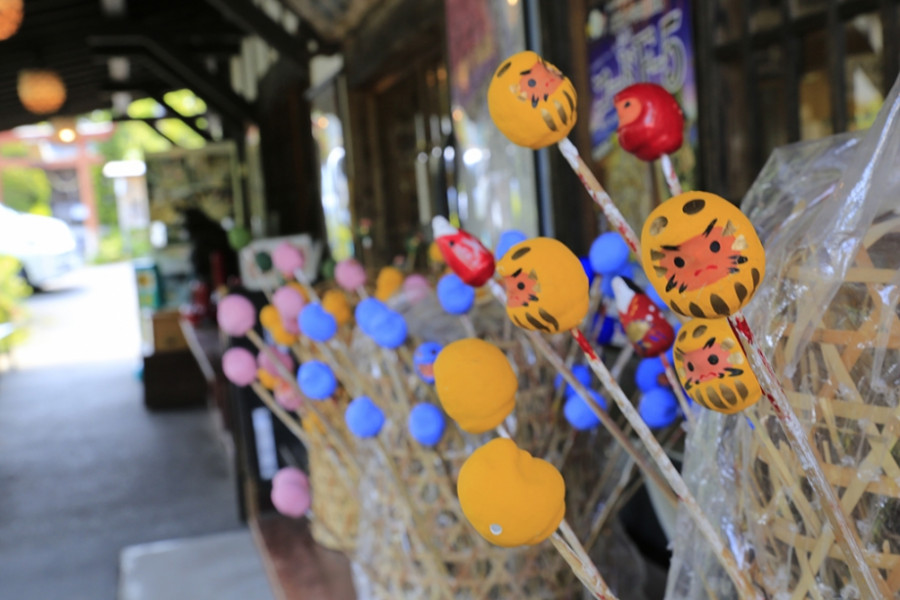
A traditional craftsmen's village bestowing an air of the olde-worlde. The papier-mâché crafts of the town, made lovingly by hand for generations, will bring a smile to your face. Takashiba Dekoyashiki is an historical craftsmen's village, and was at one time under the protection of the Miharu feudal domain. Dating back 300 years to the Edo Period, this community is said to have been born when a traveller from Kyoto taught the people how to craft papier-mâché dolls using a special paint called 'nikawa'. Take a walk through the nikawa-scented streets of Takashiba Dekoyashiki and step into the Japan of old. Visitors can try their hand at painting various traditional crafts, including the Miharu-koma horse wooden doll.
| Website | https://www.kanko-koriyama.gr.jp/tourism/detail3-0-66.html(Automated translation available) |
|---|---|
| Contact | Koriyama City Tourism Association (+81) 24-924-2621 |
| Best Season | All Year |
| Parking | Available (Approx. 100 cars) |
| Entrance Fee | Entrance is free. There are charges for the various painting experiences. |
| Access | Nishita-machi, Takashiba District, Koriyama City, Fukushima Pref. 963-0902 View directions |
|---|---|
| Getting there | By Car: 10 min from Koriyama-Higashi I.C. exit off the Ban-etsu Expressway By Train: 10 min taxi ride from Miharu Station on the JR Ban-etsu East Line |

Noji Onsen is a beautifully scenic onsen resort in Adatara mountains. It is especially breathtaking when the outdoor baths, and their cloudy white waters, are surrounded by stunning snowy landscapes in winter.
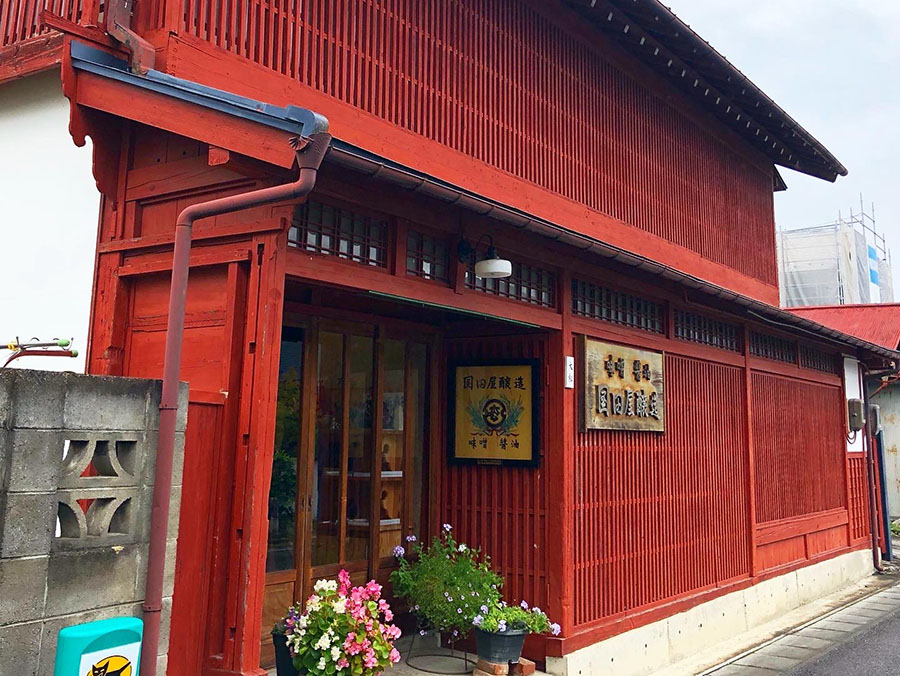
The Kunitaya Miso Factory is a small shop that was founded in 1777 to produce miso paste for the local community. Miso is one of the most (if not the most) popular flavor for foods in Japan. Many people drink miso flavored soup at least once a day and it isn’t uncommon to find miso soup present in every meal of the day. Before grocery stores and convenience stores were as widespread as they are today, people would go to their neighborhood miso shops to source this kitchen staple Today, many of these small shops have disappeared, however at Kunitaya Miso Factory, the owners want to preserve their small business and the unique culture of small batch local miso makers.The small scale operation allows for more freedom and diversity in flavors. At the café next door, “Kura Café,” you can try different variations and flavors of the miso that they produce at the Kunitaya Miso Factory.The brewery is housed in an old fashioned Japanese ware-house style building with a red lattice front. Years ago, during festivals, the red lattice front was removed to make the building more open to the street and the public. If you are interested in getting a more in depth experience, consider joining a tour of the brewery! Contact us if you are interested.
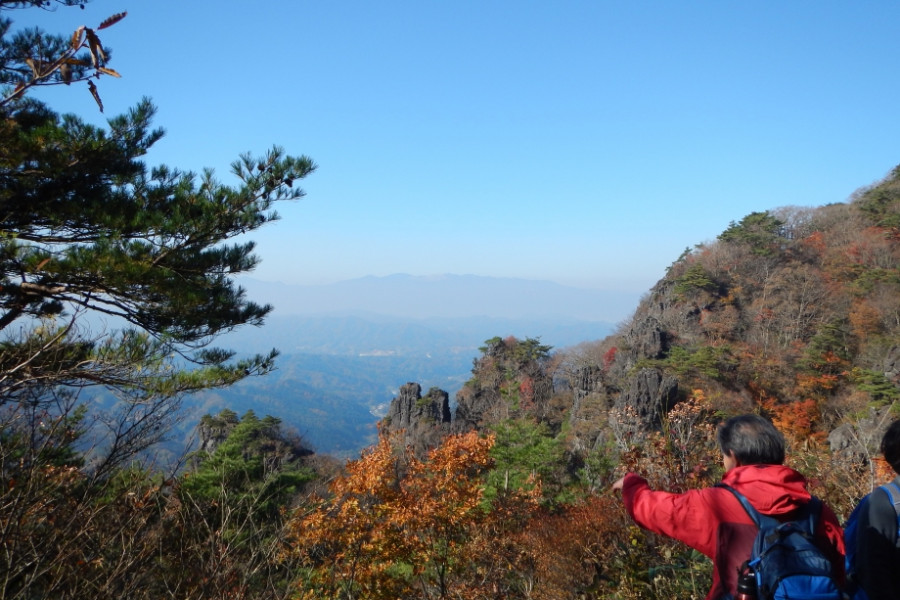
Mt. Ryozen is a spiritual, historic mountain with beautiful scenery. Since the Muromachi Period, Ryozen Temple has been used as a training grounds for Buddhist monks. Apparently, monks-in-training used to tie themselves to cliff-edges as part of their training in self-discipline!Hikers can park at the Mt. Ryozen Trailhead Parking Lot.
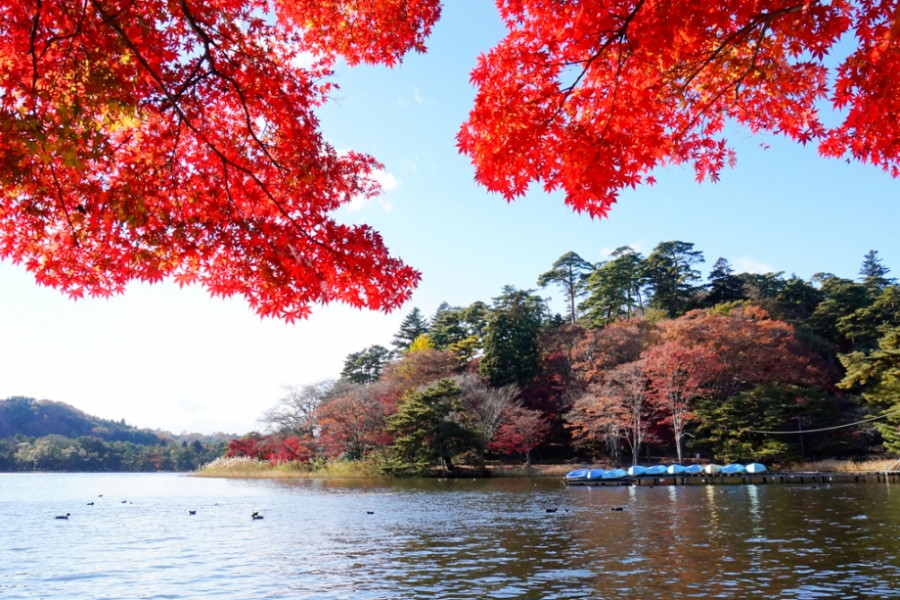
In 1801, Matsudaira Sadanobu, the twelfth Lord of Shirakawa, constructed a recreational area which was to be opened to anybody - regardless of status or family background. This recreational area turned into Nanko Park, which is considered to be the Japan's oldest public park. There are Yoshino cherry blossoms (about 800 trees), azaleas, pine trees, and maple trees at the edge of lake. You can enjoy seasonal scenery such as cherry blossoms in spring, fresh green leaves in early summer, autumn colors, and winter scenery with the beautiful contrast of the Nasu Mountains. The park contains Nanko Shrine, where Sadanobu is enshrined as a deity. Next to Nanko Shrine stands the beautiful Japanese gardens Suirakuen. At Suirakuen, visitors can try traditional Japanese tea served in a tea room, which boasts a spectacular view of the gardens. There are a number of shops, cafés, and restaurants along the edge of Lake Nanko. One of the local specialities to look out for is nanko dango, which are sticky rice balls on a skewer, served with different toppings.
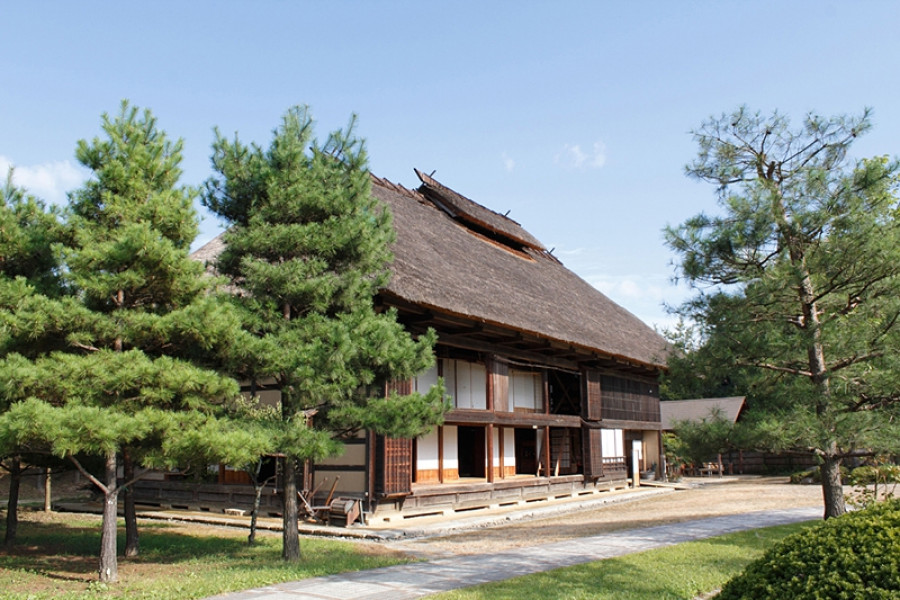
Experience traditional Japanese life & culture at Adachigahara Furusato Village. From exploring samurai residences to learning about the lifestyles of local farmers, there is a lot to see and do in this incredibly scenic open-air museum.
The Hashimoto Butsugu-Chokoku Ten (Hashimoto Buddhist Sculpture Shop) has a long history of over 160 years. Here visitors can try the truly unique experience of customizing their own lacquered chopsticks. Under careful instruction, you’ll be able to go home with your very own pair of one-of-a-kind chopsticks. The establishment sells many fine lacquerware products, from kitchen utensils and crockery to masks for use as decoration or at festivals. The chopstick-customizing workshop is available for 2,500 yen per person and is very popular for groups and couples. Even children (ages 12 and up) are able to do it with the supervision of adults and the instruction of the teacher. There are also pamphlets available in English for non-Japanese speakers. The workshop is easy to understand as the instructor guides you through the various steps until you are finally able to see the revealed layers of lacquer color on your own chopsticks. The chopstick experience workshop requires a reservation made at least five days in advance. While you are at the Hashimoto Buddhist Sculpture Shop, you will be guided through the six steps of making your own lacquered chopsticks. It will be an exciting experience as you begin with red or black chopsticks and slowly file down the layers of lacquer until the patterns are revealed. Traditionally, red chopsticks are for women and black are for men. Whichever color you choose though, these are certain to be your favorite set of chopsticks full of memories.
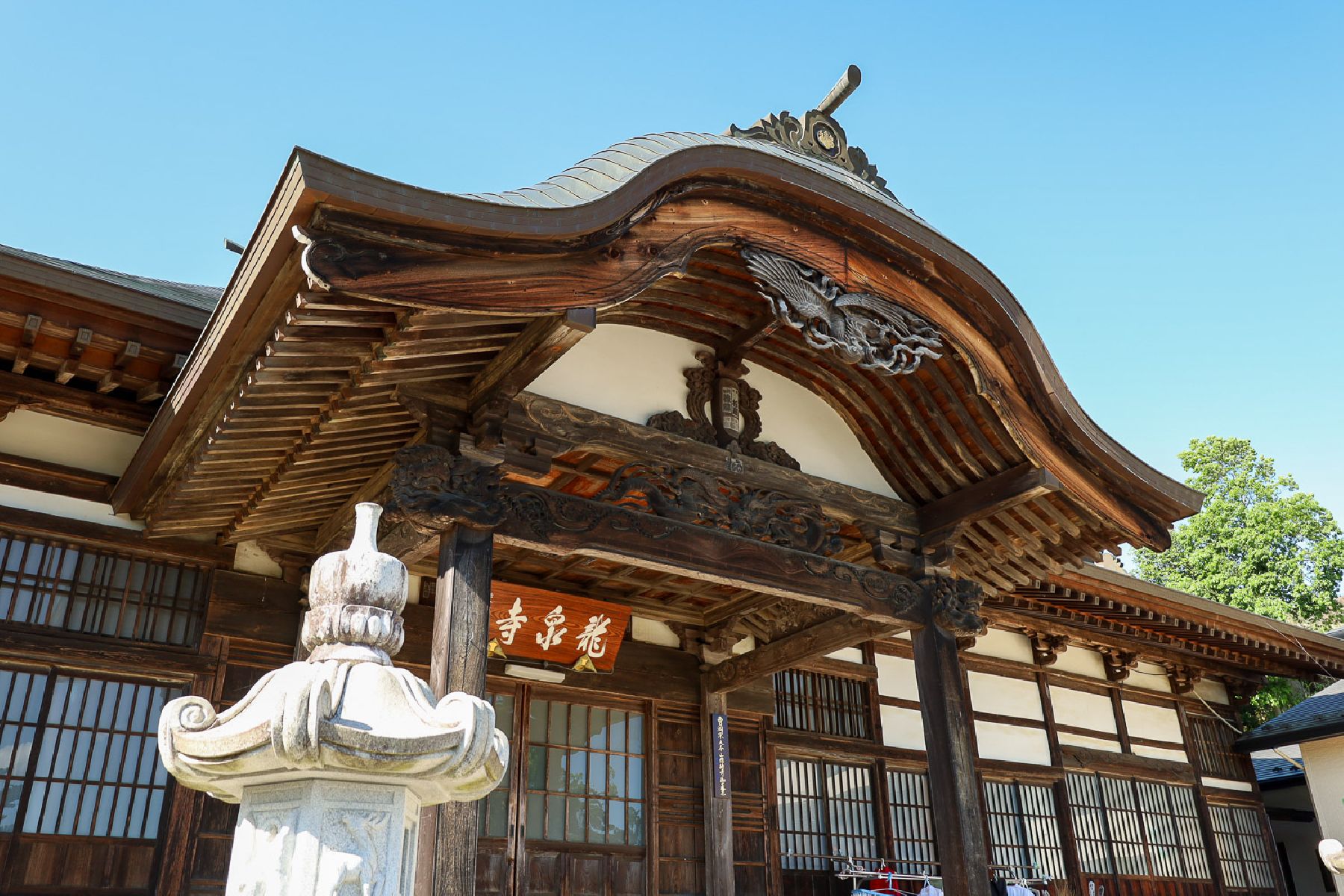
Ryusenji Temple is the perfect place to refresh the mind and body during your trip to Fukushima Prefecture. Originally built in 1320, the temple underwent many name changes until being called Ryusenji. The beautiful main hall has not changed for about 300 years after being reconstructed due to a fire in 1758. Nowadays, the temple offers many interesting events and vistas to visitors.There are many sights to experience at Ryusenji. Inside the main hall of the temple, you can see a cloth bag containing the temple’s treasures and a palanquin-shaped box hanging from the ceiling. This important Cultural Property also contains many wooden statues and make for an impressive time amongst history.If you would like a more personal experience at Ryusenji Temple, why not try the Zazen meditation experience offered by the temple’s monks? Zazen is a short zen meditation experience and is offered at Ryusenji Temple on the first Sunday of every month, as well as the first and third Wednesdays of every month. Sit in silence and stillness for 20 minutes while you empty yourself of worldly thoughts and desires.It’s best to contact ahead of time to make reservations if you’d like to experience their Zazen, temple yoga, or calligraphy. The nature surrounding Ryusenji Temple and the calming halls of the temple will welcome you and give you peace of mind and spirit. So shed the busy angst of your life and let Ryusenji Temple offer you a serene experience.
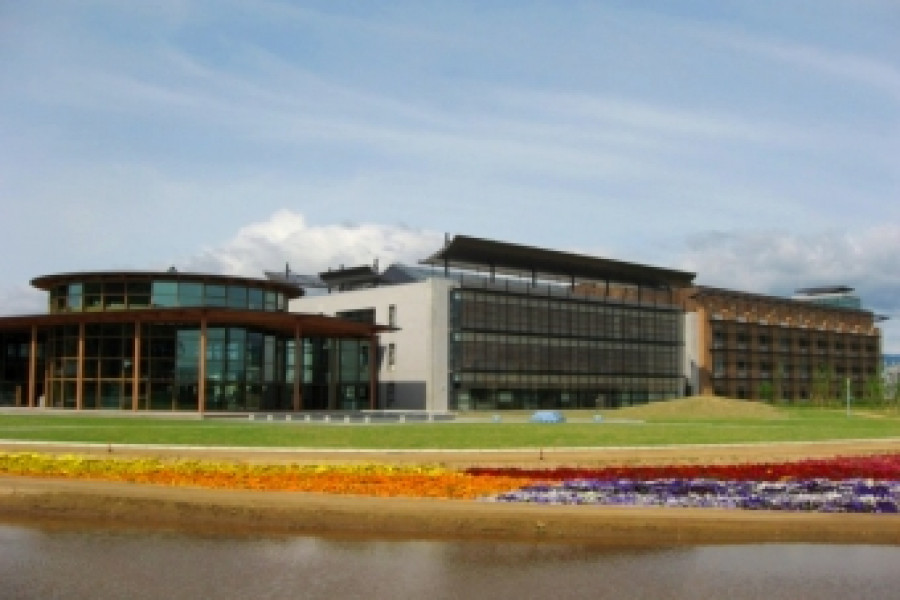
A foothold for the promotion of farming in Fukushima Prefecture - the size of 12 Tokyo Domes!Fukushima Agricultural Technology Centre is a new foothold for the promotion of agricultural in Fukushima Prefecture. It serves as a hub for the spread of technological development and safe agricultural practices, as well as being an important facility for agricultural education.The Centre has strengthened a system of experimentation and research in order to provide technical support to local farmers, and is spreading awareness of the importance of agriculture and of making use of open facilities (such as the Centre's Exchange Building and farming exhibitions) among local consumers and children. The facilities include the Management & Research Building, the Experiment Building, the Exhibition Greenhouse, and the Exchange Building, which is constructed from lumber grown locally in Fukushima Prefecture. From the observation deck, you can take in an expansive view of the entire facility.